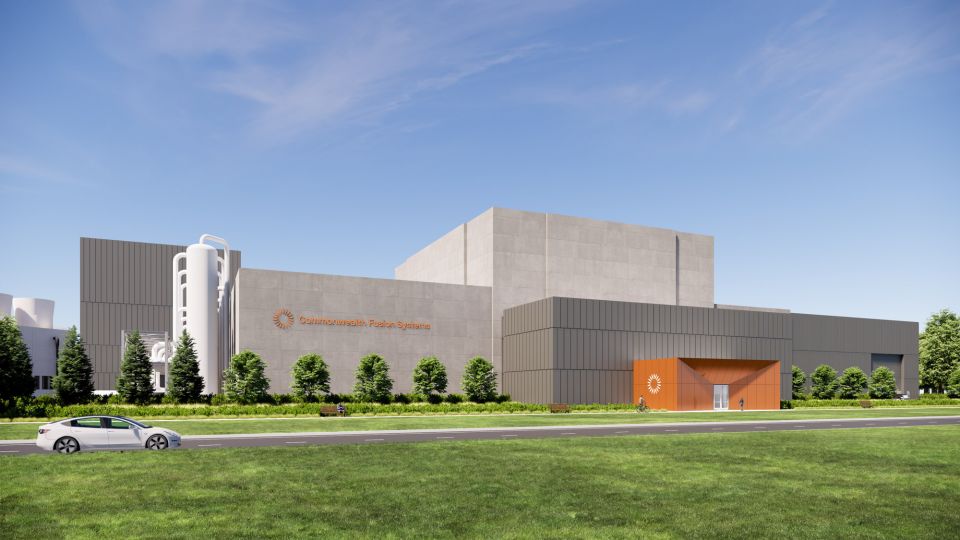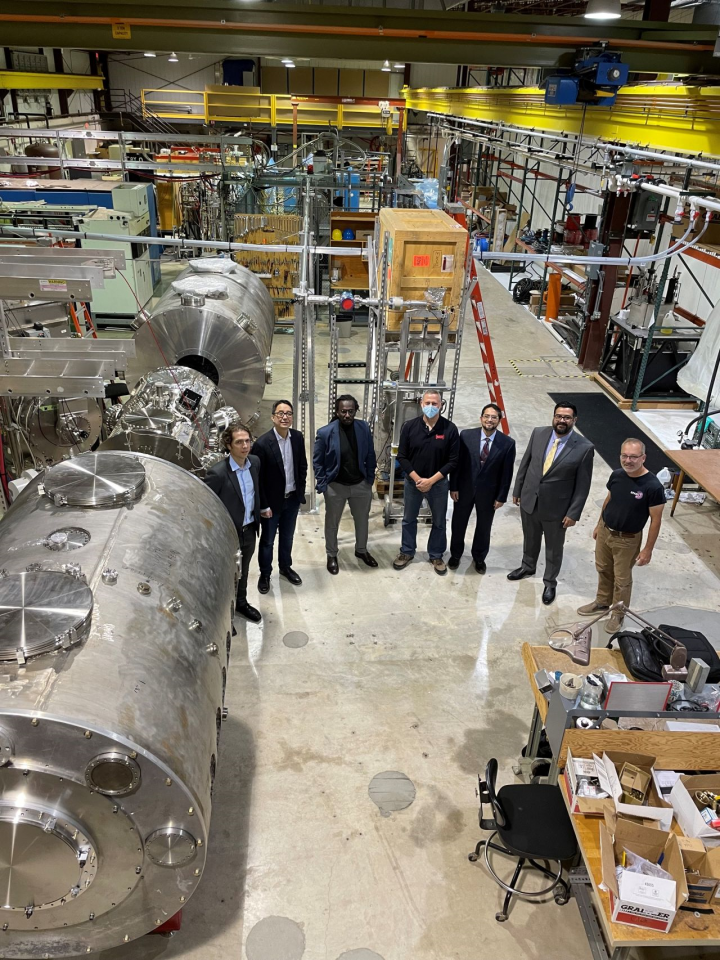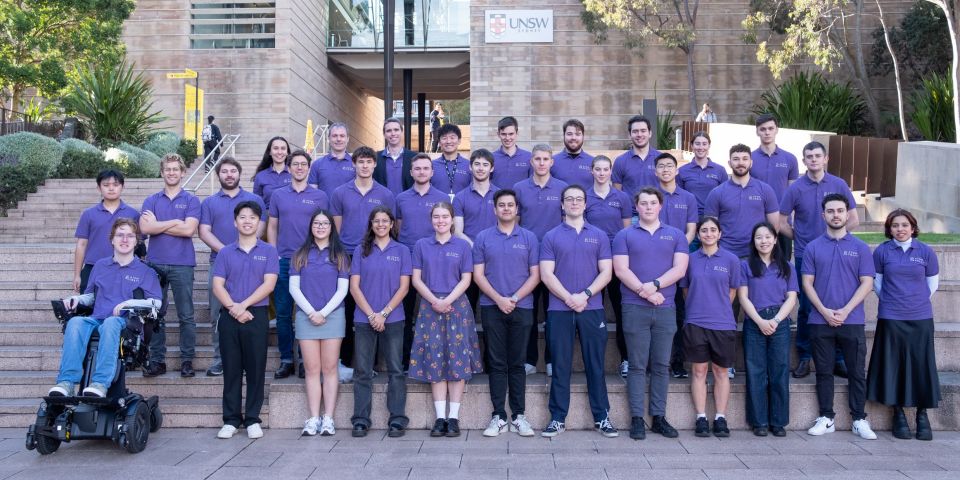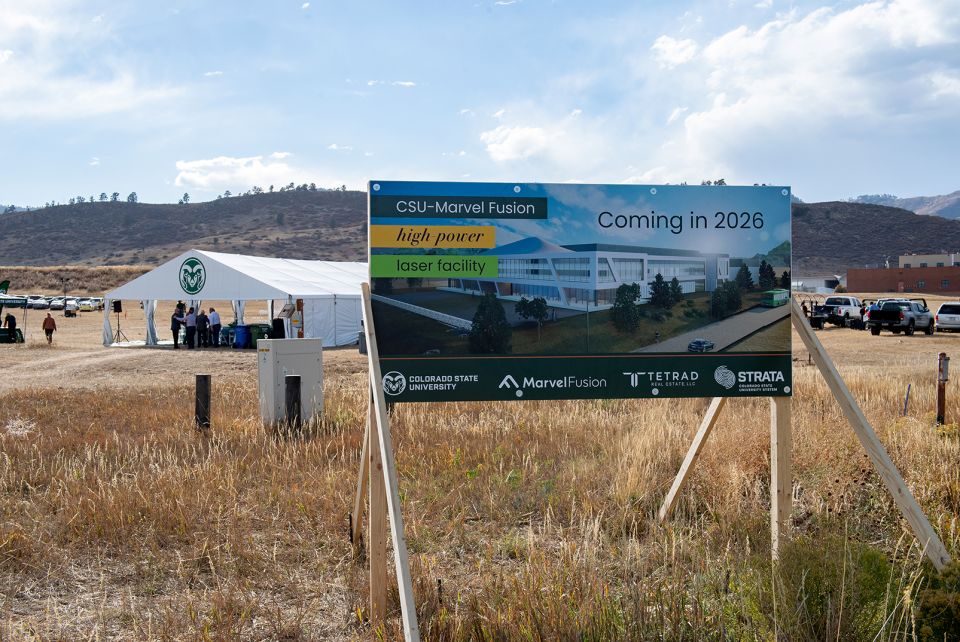Illustration by Ana Kova for U.S. Fusion Outreach
Fusion is riding a surge of attention that began in December 2022 when researchers at Lawrence Livermore National Laboratory’s National Ignition Facility achieved fusion ignition. The organizers of Fusion Energy Week—a group called the U.S. Fusion Outreach Team—on the other hand, trace fusion development back 100 years to the doctoral research of Cecilia Payne-Gaposchkin, who discovered that stars, including our Sun, are mostly made of hydrogen and helium, which in turn led to the understanding that those elements are the “fuel” of potential fusion energy systems on Earth. In recognition of Payne-Gaposchkin’s birthday—May 10—the U.S. Fusion Outreach Team plans to hold a “grassroots celebration of fusion energy” May 6–10, 2024, and annually during the second week of May.
Check the complete list of Fusion Energy Week events for virtual and in-person events around the nation—including tours, trivia, scavenger hunts, coffee, donuts, and beer!
100 years of fusion: British astrophysicist Arthur Eddington theorized that stars produce energy from the fusion of hydrogen to helium in 1926, according to U.S. Fusion Energy. In 1958, during the second United Nations International Conference on the Peaceful Uses of Atomic Energy, government-sponsored fusion research was formally disclosed, and the International Atomic Energy Agency was charged with encouraging global research collaboration.
ITER, the international magnetic confinement fusion project under construction in southern France since 2013, is sometimes considered the world’s largest international scientific project. But it is part of a range of increasingly powerful plasma-generating fusion machines around the world—including tokamaks, stellarators, laser-driven inertial systems, and unique or hybrid options—some of which have contributed to fusion energy and plasma science for decades.
The United States already had one “golden age” of fusion in the 1970s, with broad governmental support for future power plants, according to U.S. Fusion Energy. Lean times in the 1980s saw the United States scale back its fusion energy programs to focus on fusion and plasma science. Now, “while the United States invests in novel public-private partnerships to spur national industry, among other strategies, we need more support to accelerate the fusion timeline,” the group says.
Get involved: Fusion Energy Week is designed to connect the public with people working in fusion energy around the world. Fusion Energy Week events include events resources like these:












